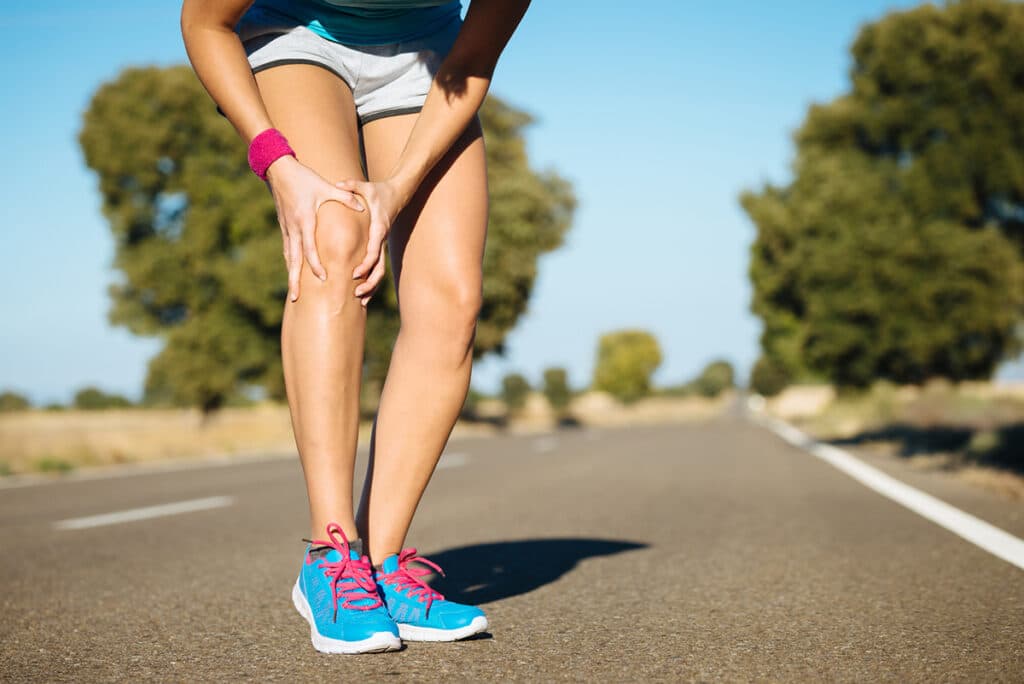
Patellofemoral pain syndrome, or runners knee, is one of the most common causes of anterior knee pain. It makes daily activities like climbing stairs difficult for patients. While the syndrome is most common in athletes, females, and young adults, it can particularly affect runners.
What Causes Patellofemoral Pain Syndrome?
It’s called runner’s knee because overuse from athletic training is a significant factor. Repetitive stress or sudden changes in activity can spark pain. In addition, misalignment of the knee cap, or patella, also plays a role. When the knee bends, abnormal tracking of the knee cap within the knee joint can lead to pain. Other factors include anatomical features such as foot deformities, different leg lengths, and being knock-kneed or bow-legged.
Non-surgical Treatment
Rest, ice, and elevation go a long way for short-term relief. For some patients, orthotics and athletic taping can temporarily improve pain.
Many patients will benefit from physical therapy to strengthen the muscles in their legs, especially the powerful muscles of the hip and thigh. Ultimately, a physical therapist will create a plan of care individualized to each person, which may include manual therapy, exercise, and education about running techniques and joint loading principles.
Surgical Treatment
A vast amount of research exists that does not recommend surgical treatment for runner’s knee. Currently, there’s insufficient evidence to show improved clinical outcomes with surgery over less invasive strategies. For example, a meta-analysis from the BMJ revealed a lack of rigorous studies evaluating the effectiveness of surgery to treat Patellofemoral Pain Syndrome. Thus, physicians should rarely consider surgical interventions and only after all other measures have failed and imaging identifies features such as lesions, tendinopathy, or synovitis.
Preventing Patellofemoral Pain Syndrome
The number one way to prevent runner’s knee from occurring or reoccurring is to maintain proper strength and flexibility of the muscles around the knee. For example, patients can incorporate hamstring and quadricep stretching and exercises into warm-ups, cool-downs, and cross-training. Runners also need to be cognizant of increasing training gradually and maintaining a healthy body weight to avoid over-stressing the knees.
Referring Patients for Care
Non-invasive treatments should be the first line of defense when a patient presents with pain in the front of their knee. Next, focus on rehabilitation exercises and prevention. At Churchill Orthopedic Rehabilitation, our experts can create a treatment plan tailored to each patient’s needs. Our running program gives athletes techniques to maintain conditioning and prevent injury. To schedule an appointment for physical therapy, call our office at 201-833-1333.
